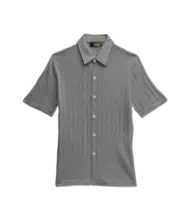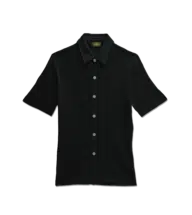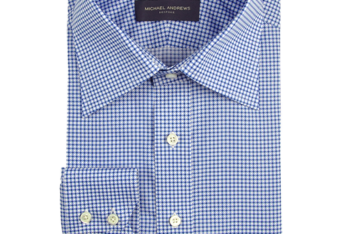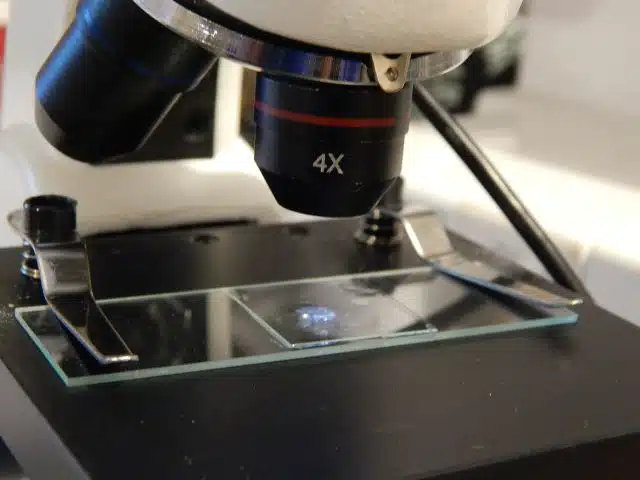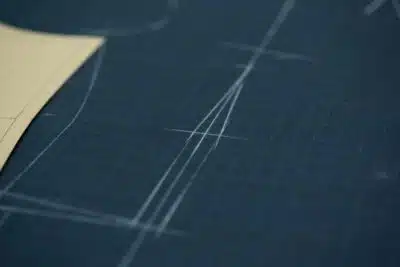Shatnez (or Shaatnez or Shatnes) is cloth containing a mixture of wool and linen, which is prohibited under a strict reading of Jewish law (see Leviticus 19:19 and Deuteronomy 22:11). Only sheep’s wool is considered “wool”, and therefore the prohibition does not apply to other animal fibers such as camel hair, mohair, angora, cashmere, alpaca, or vicuna. The term “linen” refers only to fibers from the flax plant, and not to cotton, hemp, jute and other plant-based fibers. A combination of other materials such as linen and cotton or wool and silk does not create Shaatnez. The prohibition against Shatnez also does not apply to wearing separate garments made of wool and linen. For example, a wool jacket may be worn over a linen shirt as long as the two garments are not sewn or twisted together.
The restriction applies not only to suits, jackets, and pants, but to any type of clothing, including socks, pajamas, gloves and ties. I should note it is exceedingly rare for shirts to contain Shatnez and as such are not typically tested.




